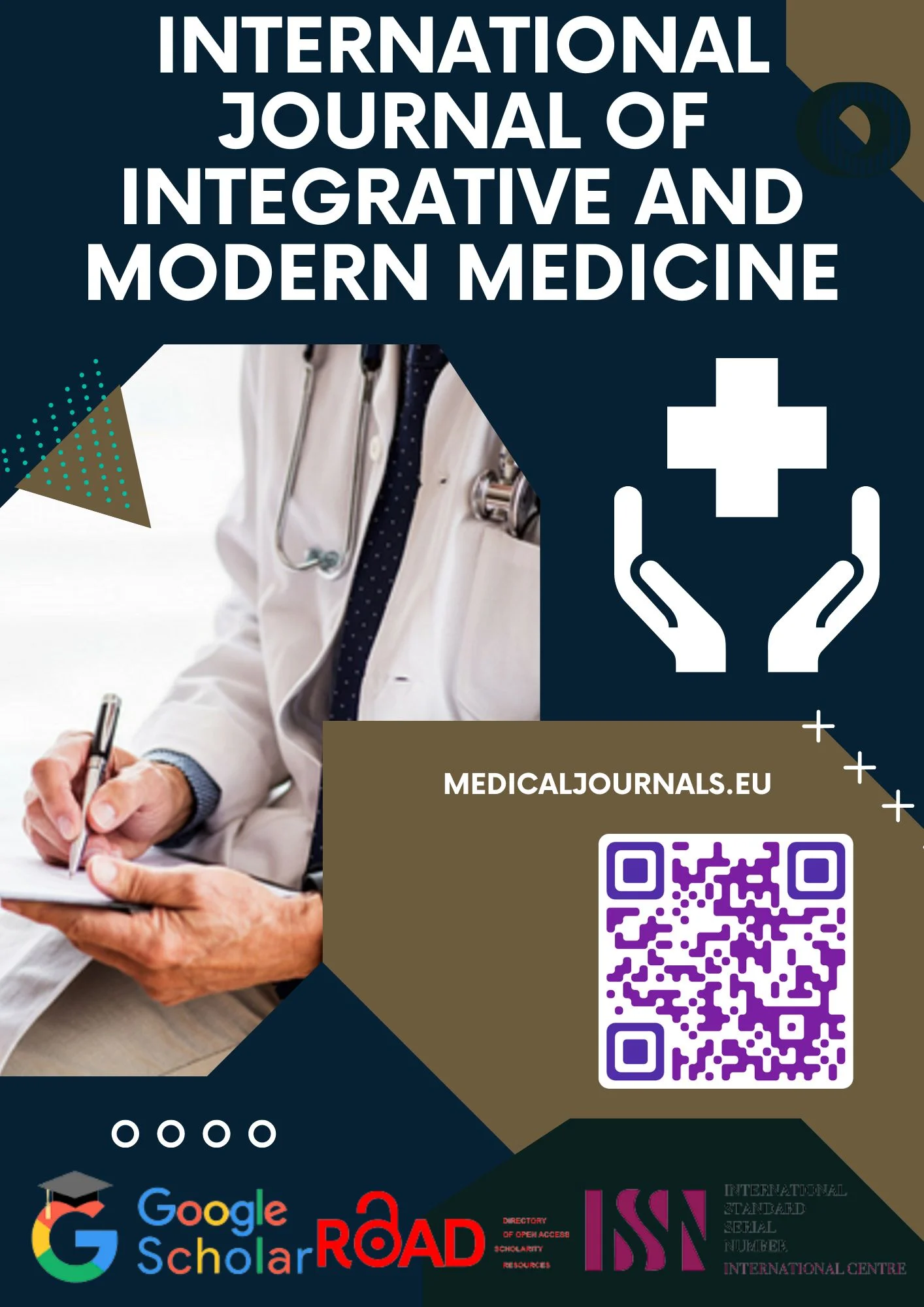Pheochromocytoma and Paraganglioma: Clinical Manifestations, Diagnostic Approaches, and Therapeutic Strategies
Keywords:
pheochromocytoma, paraganglioma, catecholamines, secondary hypertension, chromaffin cells, adrenal tumorAbstract
Pheochromocytomas and paragangliomas are rare neuroendocrine tumors derived from chromaffin cells of the adrenal medulla or extra-adrenal paraganglia. These tumors are characterized by excessive or episodic secretion of catecholamines, leading to variable clinical presentations ranging from asymptomatic adrenal masses to severe hypertensive crises. Although uncommon, they are clinically significant because they represent a potentially curable cause of secondary hypertension. Genetic predisposition plays a major role, with up to 25% of cases associated with hereditary syndromes such as multiple endocrine neoplasia type 2 (MEN2), von Hippel–Lindau (VHL) disease, and neurofibromatosis type 1 (NF1). Advances in biochemical testing and imaging have improved diagnostic accuracy, while surgical excision remains the mainstay of therapy. Early recognition, careful preoperative management, and long-term follow-up are critical to reducing morbidity and mortality.
References
1. Plouin PF, Chatellier G, Fofol I, Corvol P. Tumor recurrence and hypertension persistence after successful pheochromocytoma operation. Hypertension. 1997 May;29(5):1133-9.
2. Osinga TE, Links TP, Dullaart RPF, Pacak K, van der Horst-Schrivers ANA, Kerstens MN, Kema IP. Emerging role of dopamine in neovascularization of pheochromocytoma and paraganglioma. FASEB J. 2017 Jun;31(6):2226-2240
3. Neumann HP, Young WF, Krauss T, Bayley JP, Schiavi F, Opocher G, Boedeker CC, Tirosh A, Castinetti F, Ruf J, Beltsevich D, Walz M, Groeben HT, von Dobschuetz E, Gimm O, Wohllk N, Pfeifer M, Lourenço DM, Peczkowska M, Patocs A, Ngeow J, Makay Ö, Shah NS, Tischler A, Leijon H, Pennelli G, Villar Gómez de Las Heras K, Links TP, Bausch B, Eng C. 65 YEARS OF THE DOUBLE HELIX: Genetics informs precision practice in the diagnosis and management of pheochromocytoma. Endocr Relat Cancer. 2018 Aug;25(8):T201-T219.
4. Lo CY, Lam KY, Wat MS, Lam KS. Adrenal pheochromocytoma remains a frequently overlooked diagnosis. Am J Surg. 2000 Mar;179(3):212-5.
5. Ariton M, Juan CS, AvRuskin TW. Pheochromocytoma: clinical observations from a Brooklyn tertiary hospital. Endocr Pract. 2000 May-Jun;6(3):249-52.
6. Shen Y, Cheng L. Biochemical Diagnosis of Pheochromocytoma and Paraganglioma. In: Mariani-Costantini R, editor. Paraganglioma: A Multidisciplinary Approach [Internet]. Codon Publications; Brisbane (AU): Jul 02, 2019.
7. Pacak K. Preoperative management of the pheochromocytoma patient. J Clin Endocrinol Metab. 2007 Nov;92(11):4069-79.
8. Gupta G, Pacak K., AACE Adrenal Scientific Committee. PRECISION MEDICINE: AN UPDATE ON GENOTYPE/BIOCHEMICAL PHENOTYPE RELATIONSHIPS IN PHEOCHROMOCYTOMA/PARAGANGLIOMA PATIENTS. Endocr Pract. 2017 Jun;23(6):690-704.
9. Xu X, Kaindl J, Clark MJ, Hübner H, Hirata K, Sunahara RK, Gmeiner P, Kobilka BK, Liu X. Binding pathway determines norepinephrine selectivity for the human β1AR over β2AR. Cell Res. 2021 May;31(5):569-579.
10. Perez DM. α1-Adrenergic Receptors in Neurotransmission, Synaptic Plasticity, and Cognition. Front Pharmacol. 2020;11:581098.
11. Sundaresan PR, Banerjee SP. Differential regulation of beta-adrenergic receptor-coupled adenylate cyclase by thyroid hormones in rat liver and heart: possible role of corticosteroids. Horm Res. 1987;27(2):109-18.
12. Motulsky HJ, Insel PA. Adrenergic receptors in man: direct identification, physiologic regulation, and clinical alterations. N Engl J Med. 1982 Jul 01;307(1):18-29.
13. Mete O, Asa SL, Gill AJ, Kimura N, de Krijger RR, Tischler A. Overview of the 2022 WHO classification of paragangliomas and pheochromocytomas. Endocr Pathol. (2022) 33:90–114. doi: 10.1007/s12022-022-09704-6
14. Tischler AS, Pacak K, Eisenhofer G. The adrenal medulla and extra-adrenal paraganglia: then and now. Endocr Pathol. (2014) 25:49–58. doi: 10.1007/s12022-013-9286-3
15. Glenn F, Gray GF. Functional tumors of the organ of Zuckerkandl. Ann Surg. (1976) 183:578–85. doi: 10.1097/00000658-197605000-00015






